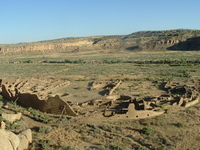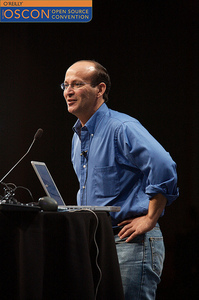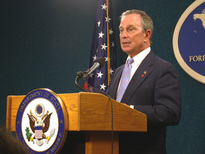Congress is investigating Homeland Security’s internal insecurity:
…hearing, the GAO witnesses will also describe an investigation they conducted on a specific DHS network that is "riddled with significant information security control weaknesses that place sensitive and personally identifiable information at increased risk of unauthorized disclosure."
The subcommittee also plans to air some of its concerns with the DHS OneNet project, which is aimed at consolidating all of the agency’s information networks under one roof, and to question a perceived lack of IT security funding by Charbo.
— Homeland Security to detail IT attacks Hearing will reveal findings of agency’s internal investigation into risk of system attacks and other online threats, By Matt Hines InfoWorld, June 15, 2007
Who could have predicted that putting all information networks under one roof would make them vulnerable to attack? That would have been like predicting that making all DHS and DoD computers run one operating system would make them vulnerable to attack.
-jsq
PS: Seen via Fergie’s Tech Blog




 The New York Times asked:
The New York Times asked:


